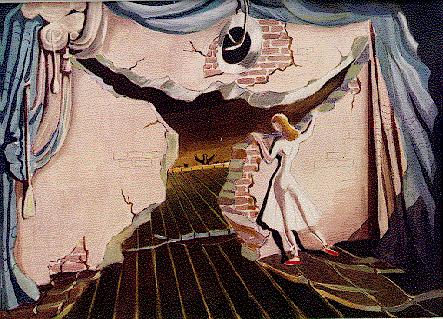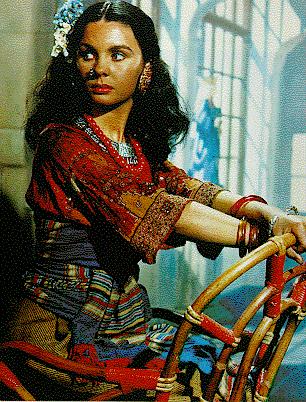|
Alfred Junge began sketching designs for The Red Shoes, the Archers
next film but couldn't bring himself to agree with Powell and Pressburger
on a look for the film. They parted company and Powell promoted Heckroth
to full production designer. Powell said "It was, I think the first time
that a painter had been given the chance to design a film, including the
titles, and it was a triumph of work and organisation. For the ballet alone
he made 600 sketches. Catherine Suroweic, in her book on European art directors
wrote: "For their new film [The Red Shoes], Powell and Pressburger
were keen to devise a new type of film decor, one less heavy and restricted,
and allowed Heckroth's imagination free reign to create a world beyond the
limitations of the stage. This man of the theatre was the ideal designer
for them, a surrealist romantic who was not afraid to experiment, and knew
how to suggest an atmosphere with economy and an expressionist use of colour.
His abstract, painted sketches were full of mood, movement and theatrical
flair. For the famous ballet he disigned impressionistic sets, using materials
such as chiffon, gauze, papier mache and cellophane."
|

Red Shoes production sketch
|



